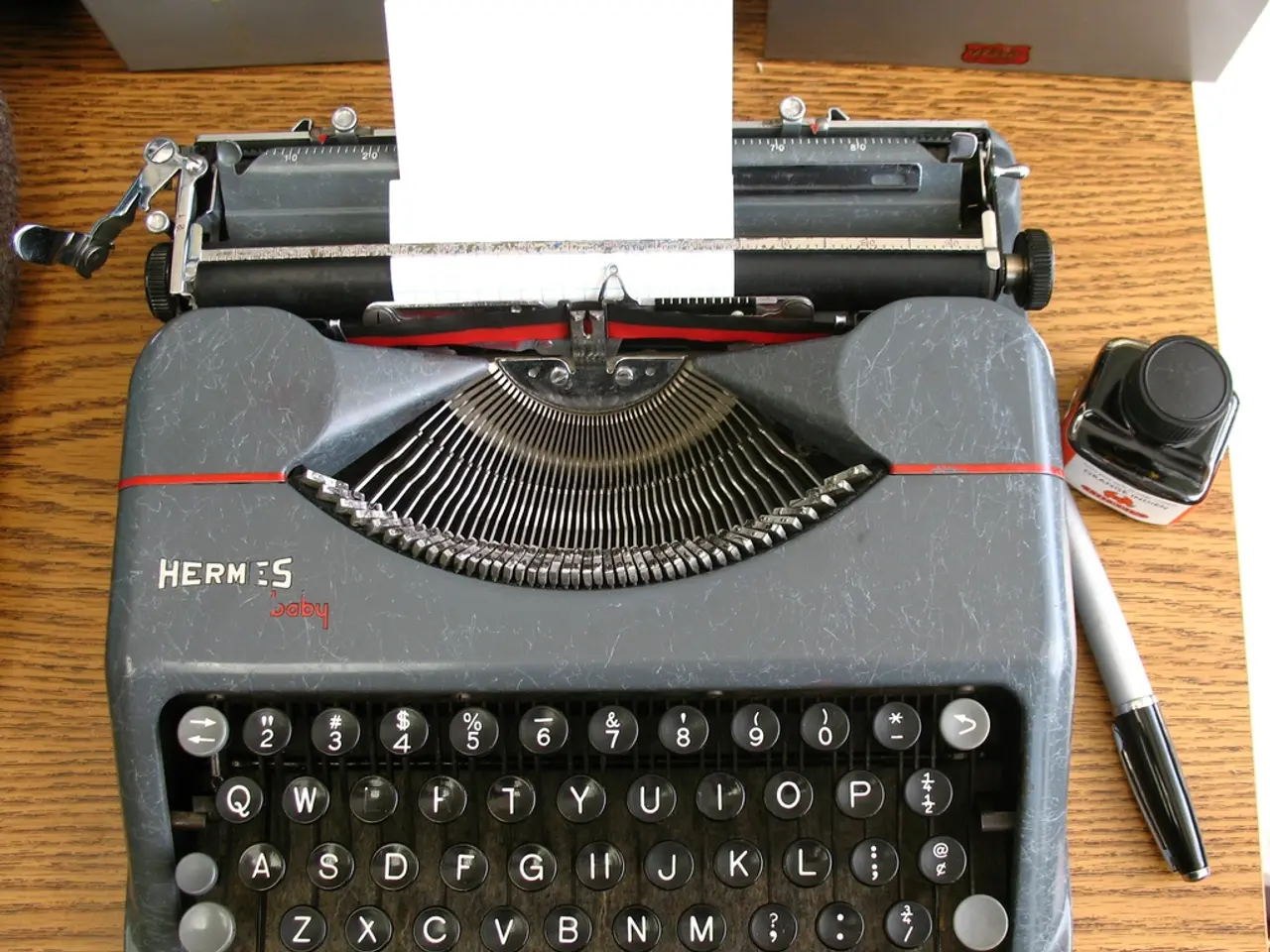Unraveling the Mystery: Tallcase Clock Identification in Tick Talk Tuesday #59
In the realm of antique clocks, identifying a piece from the early 1800s can be a daunting task, especially when the clock in question lacks distinct markings. This is the case with a recent inquiry, a tall case clock featuring a plain, understated case, brass finials, an arched dial with a moon phase and calendar window, and a "generic English-style" bell strike movement.
The search for the clock's maker has led us to delve into the rich history of American clockmaking during this period. Three notable figures stand out: Eli Terry, Seth Thomas, and Chauncey Jerome, all active in Connecticut.
Eli Terry, a pioneer in the industry, was known for mass-producing wooden movement clocks from the early 1800s. Although he initially focused on shelf and wall clocks, some of his later work and those influenced by his factory-style approach included case clocks that could fit the simple, understated design description.
Seth Thomas, a protégé of Eli Terry, started producing clocks around the 1810s-1820s. His clocks were often more refined and included brass movements. Some examples show simple cases with brass finials, aligning with our mystery clock.
Chauncey Jerome, active in Connecticut from the early 1800s, specialized in brass movements with "English-style" bell strike actions and produced many plain cases with brass finials.
Connecticut clockmaking centres were also known for producing clocks with brass movements adapted from or inspired by English designs, including strike mechanisms on bells and moon phase dials.
While a direct match from the search results was not found, the features of the clock align with the transitional style developing in Connecticut clockmaking circa 1800 to 1825. The arched dials with moon phases and calendar windows were occasionally incorporated by higher-end makers or custom orders by this period, often influenced by English traditions.
However, without definitive markings, any attribution remains speculative. Paper labels inside the case are extremely rare, and signatures found inside the case door or on the backboard are also uncommon. Determining the maker of a clock without visible trademarks, labels, or inscriptions can be challenging and requires careful comparison with known examples from the period.
Despite the challenge, the clock, if intact and within budget, would be a nice acquisition. For those intrigued by such mysteries, Tick Talk Tuesday, a series dedicated to addressing readers' letters and comments related to clock issues and challenges, is a valuable resource.
The article encourages subscribing for the latest posts on antique and vintage clocks. It also invites readers to share their findings and queries on various social media platforms, including Facebook, LinkedIn, Tumblr, Pinterest, Reddit, WhatsApp, and X.
For those with older clocks gathering dust, related articles such as Tick Talk Tuesday #48 - What to do with my husband's old clocks and Tick-talk Tuesday #52 - My father's Forestville advertising clock, may provide insights and solutions.
[1] Search Results [2] Search Results
- The intricate details of the mystery clock, with its plain case, brass finials, arched dial, and moon phase, align with the transitional style of Connecticut clockmaking in the early 1800s to 1820s, which is known for its English influence.
- Clock enthusiasts who are interested in vintage clocks might find the transitional style of Connecticut clockmaking, featuring clocks with brass movements and English-inspired designs, a captivating facet of fashion-and-beauty and home-and-garden lifestyles.
- The shopping scene for antique collectors can be expanded to include not just jewelry or artwork but also vintage clocks, such as the tall case clock with the understated design that we've been researching.
- On the occasion of owning a vintage clock, enthusiasts might find themselves exploring travel destinations that preserve and showcase the rich history of antique clockmaking, like Connecticut and other prominent clock-making regions.
- A well-maintained vintage clock, in addition to being a valuable addition to home-and-garden decor, could potentially be a delightful companion for pets, providing a steadfast presence amidst the dynamic world of relationships and the ever-changing lifestyle of food-and-drink, fashion-and-beauty, and travel.




